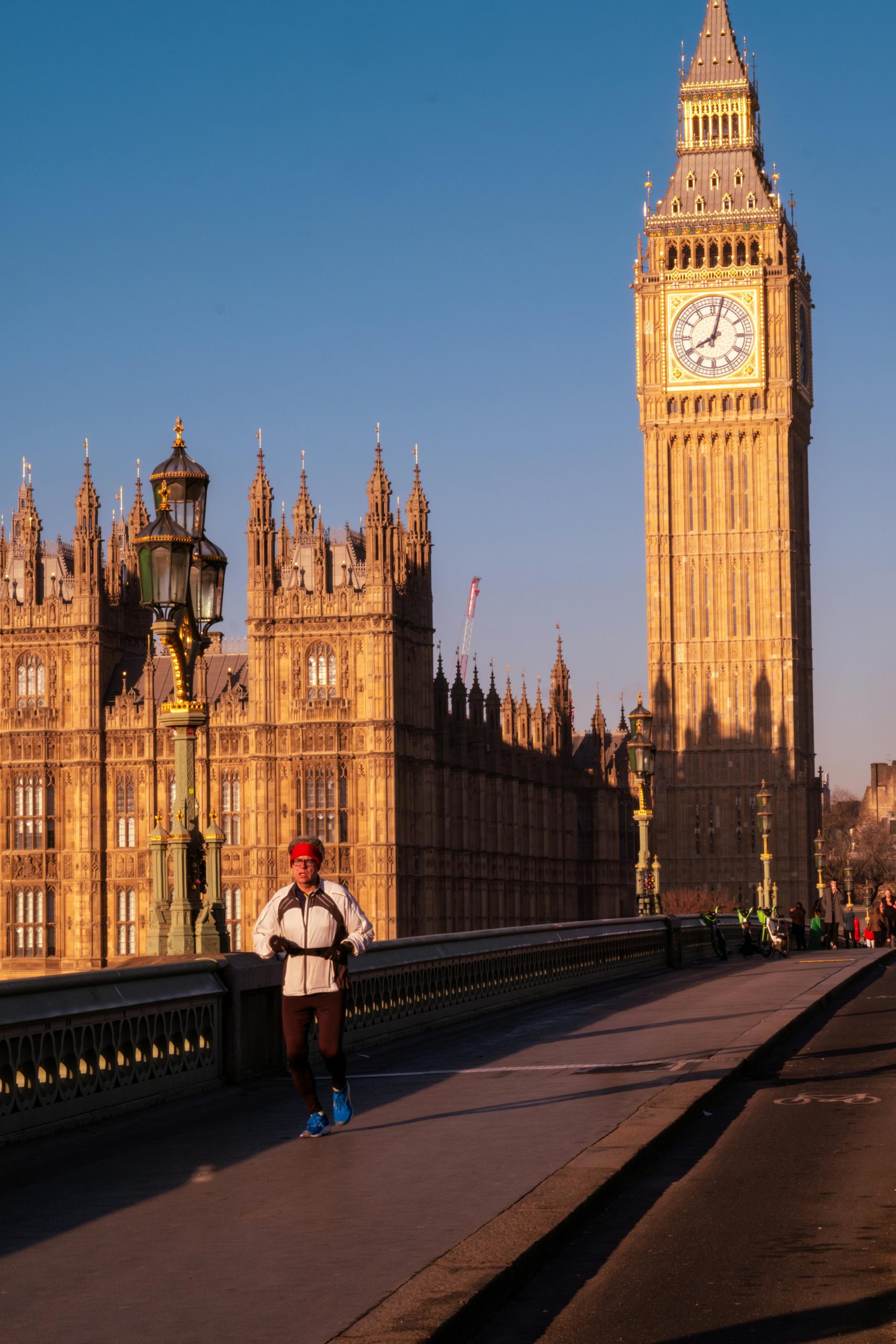Assessing Urban Pedestrian Infrastructure: Challenges and Opportunities in Modern Cities
As urban environments evolve, so too do the complexities surrounding pedestrian infrastructure and mobility. Recent observations on London Bridge and comparisons with other European cities highlight ongoing issues that merit attention from city planners, policymakers, and residents alike.
The Reality of Pedestrian Space in a Growing Urban Landscape
Many cities, including London, have made efforts to improve mobility through initiatives like Low Traffic Neighborhoods (LTNs). These typically involve repurposing quieter residential streets to facilitate local travel, primarily benefiting cyclists and residents. However, such measures often leave pedestrians facing a paradox: while vehicles and motorcycles are being curtailed on certain roads, pedestrian spaces remain insufficiently expanded to accommodate the increasing number of urban walkers.
Challenges Posed by Emerging Micro-Mobility Devices
The proliferation of e-scooters, dockless bikes like Lime, and delivery services such as Deliveroo has transformed the street scene. While these innovations offer convenient mobility options, they also introduce new challenges:
- Pavement Congestion: Vehicles parked inconsiderately or moving unpredictably can block pedestrian pathways.
- Safety Concerns: The mingling of pedestrians with fast-moving bikes and scooters heightens the risk of accidents.
- Legal and Design Gaps: Many city sidewalks are not designed to handle the volume and diversity of these devices, leading to conflicts and clutter.
The Future of Pedestrian Infrastructure
Policy debates are underway regarding pedestrian-centric urban renewal:
- Pedestrianisation Projects: Notable examples include proposals to pedestrianize key shopping streets like Oxford Street. Such initiatives aim to prioritize foot traffic and enhance accessibility.
- Potential Underlying Shifts: As public transport becomes more viable and efficient—particularly if bus speeds improve beyond current averages—there’s potential for a modal shift away from short car trips, freeing up street space.
- Emerging Urban Visions: A dystopian outlook suggests a future where micro-mobility devices dominate, transforming cityscapes into sprawling networks of personal transportation, possibly at the expense of pedestrian comfort and safety.
Balancing Urban Space for Pedestrians and Other Modes
A recurring theme in discussions around urban mobility is the need to balance the rights and safety of pedestrians with those of cyclists and micro-mobility users. Despite the clear need for more pedestrian space—especially in densely populated areas—resistance often arises when proposals involve reallocating street space.
Furthermore, there appears to be a disconnect between recognizing the


Insight from a London Resident on Urban Pedestrian Infrastructure
As someone who regularly navigates the streets around London Bridge, I appreciate the detailed overview of the current challenges and future opportunities for pedestrian infrastructure in our city. It’s clear that while initiatives like Low Traffic Neighborhoods aim to reduce congestion, they sometimes inadvertently limit the space available for pedestrians, which is particularly noticeable during busy times.
I believe that integrated urban planning should focus on creating flexible, multi-modal spaces that prioritize pedestrian safety and comfort without compromising the benefits of micro-mobility options. For example, dedicated lanes for bikes and scooters—clearly separated from pedestrian zones—could reduce conflicts and improve safety for all users.
I also see potential in harnessing technology, like smart sensors and dynamic street management, to adapt quickly to changing street usage patterns. Balancing these elements thoughtfully can transform our city into a more accessible, safe, and vibrant space for everyone. Looking forward to